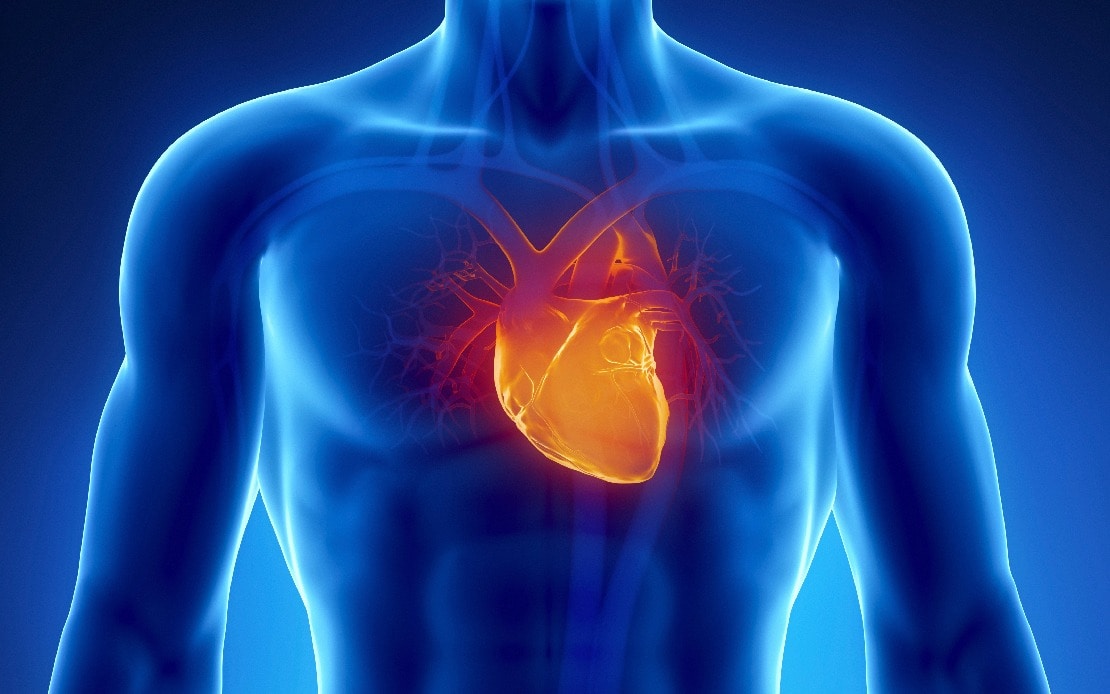
Cardiovascular disease (CVD) is a serious medical condition with an increasing mortality rate. This disease, also known as the “silent killer”, was once more prevalent among the elderly but is now affecting the young as well.
CVD, the general term for conditions affecting the heart or blood vessels, was reported to be the leading cause of death worldwide in 2019, accounting for an estimated 17.9 million (32 per cent of the global population) deaths. Closer to home, according to the Department of Statistics, coronary artery disease (CAD), a subset of cardiovascular disease (CVD), will be the leading cause of death in Malaysia in 2020, accounting for 18,515 deaths or 17 per cent of all medically certified deaths.
High cholesterol, high blood pressure, smoking, diabetes, a family history of the disease and, for women, menopause are the most important risk factors for coronary artery disease (CAD). When calcium and fat build up in plaque on the inner walls of an artery, it can take years or even decades for CAD to happen. This condition causes the arteries to harden and narrow, which cuts off blood flow to the heart. When the heart isn’t getting enough blood, oxygen, and nutrients, the patient may have chest pain and other symptoms. A heart attack could sometimes happen because of this condition.

When someone comes in with chest pain, there are different tests that can be done to check for blockages in the heart. The most common type of coronary angiography is the one that uses X-rays to look at the blood vessels in the heart. But 2D-projection angiography can’t fully show the 3D coronary lumen and find out what kind of blockages there are and how big they are. To fix this, intravascular imaging techniques like intravascular ultrasound (IVUS) and optical coherence tomography (OCT) are used to get a better look at the whole blood vessel.
IVUS is a diagnostic procedure that uses ultrasound waves and OCT uses near-infrared light to assess plaque morphology of the blockage. Both these procedures use a catheter and wire that is passed through the lumen of the artery for better-quality imaging. Intravascular imaging technology like IVUS and OCT are used to further assess unclear blockage from the angiogram and in cases of complex disease in the main arteries such as recurrent blockage of previously treated vessels.
Fig 1: Coronary angiography & IVUS showing a significant LAD lesion only appreciated on IVUS
Fig 2: OCT image showing a fresh blood clot during a heart attack
The cardiologist can identify the optimal treatment based on the individual’s individual condition, disease progression, and the extent and type of blockages. However, the most important factor for a clinician to consider when determining the optimal treatment plan for a patient is an accurate diagnosis. For instance, a vessel that is not effectively treated will raise the chance of recurring obstruction.
Fig 3: OCT images demonstrating a well expanded stent (left image) vs an under-expanded stent (right image)
Fig 4: IVUS images displaying a well expanded stent (left image) vs an under-expanded stent (right image)
As far as treatment options are concerned, there are pharmaceuticals such as aspirin, beta-blockers, and cholesterol medications, which are useful for thinning the blood and alleviating symptoms such as chest pain. Additionally, angioplasty and coronary artery stenting are performed to restore adequate blood flow to the heart by widening blocked or constricted arteries. Coronary Artery Bypass Graft Surgery (CABG), often known as open heart surgery, is a surgical technique in which blood vessels are taken from another part of a patient’s body to bypass damaged arteries and restore blood flow to parts of the heart.
However, not all blocked blood vessels must be unblocked. We could evaluate the severity of the obstruction and provide the most effective treatment if we measured coronary flow. NOT ALL coronary artery stenosis (blockages) must be opened. It has not been established that removing NON-SEVERE blockages is superior to optimal medical treatment.

Intravascular imaging and coronary flow assessment are two examples of medical advance technologies that have made it possible for cardiologists to treat patients with CAD more efficiently and reliably.
In order to find the appropriate treatment and stop the progression of the condition, it is crucial for the patient to understand their options and discuss these with the doctor. To ensure a healthy heart and a higher quality of life, adopting a healthy lifestyle is most crucial.
Dr Tan Chen Ting, Dr Thien Lee Karl and Dr Chow Han Bing are General Physicians at the Sarawak Heart Centre.









More Stories
HAZEE: THREE AREAS IN JOHOR RECORD UNHEALTHY API AS AT 9 AM
KING PRESENTS INSTRUMENTS OF APPOINTMENT TO 15 ENVOYS
LIVELY MAULIDUR RASUL CELEBRATION NATIONWIDE WITH PARADES, SELAWAT